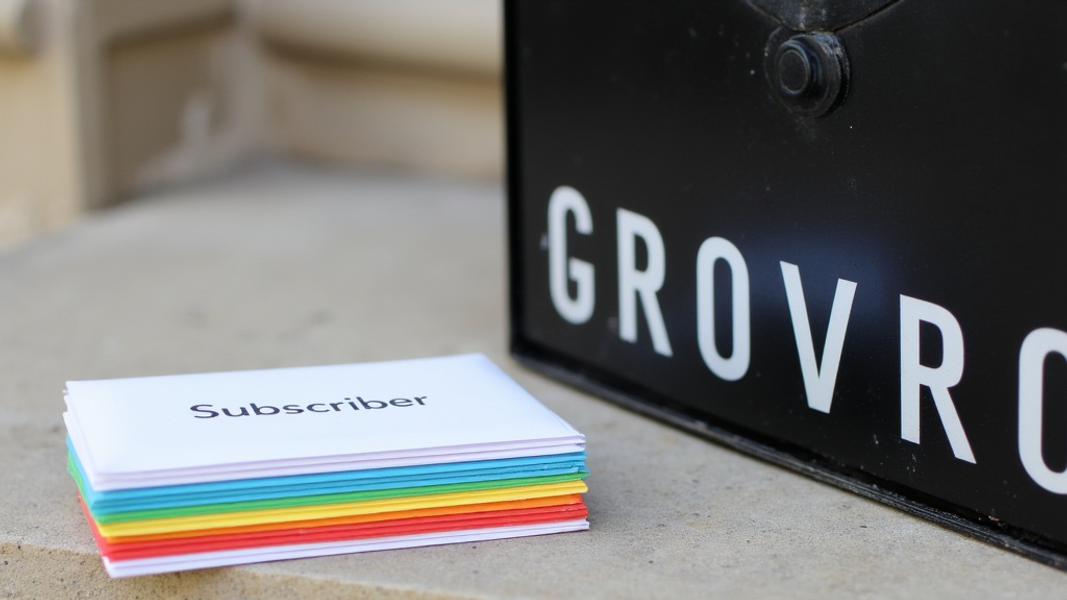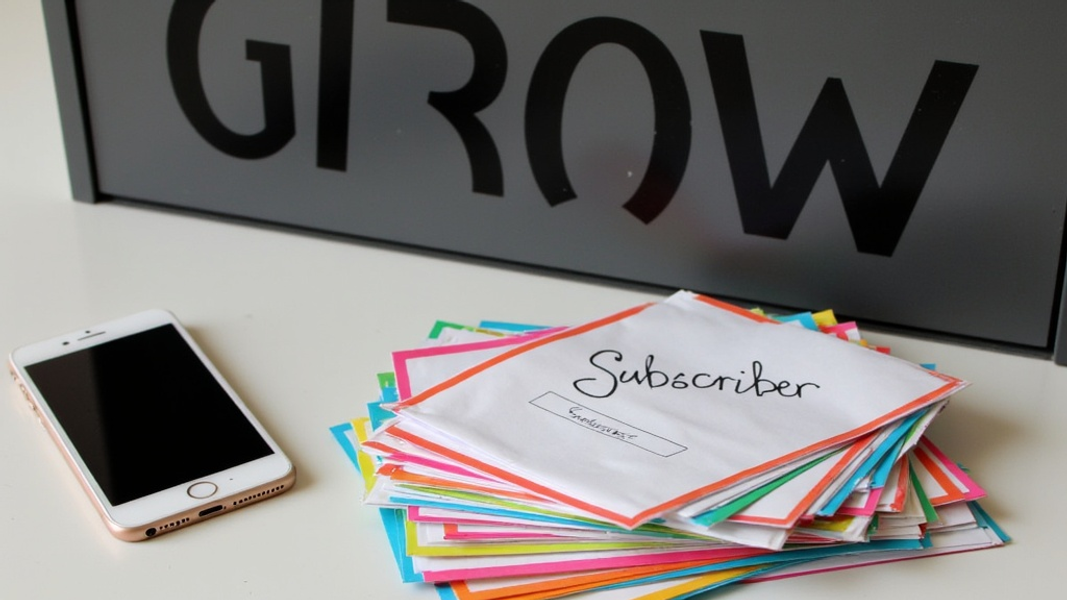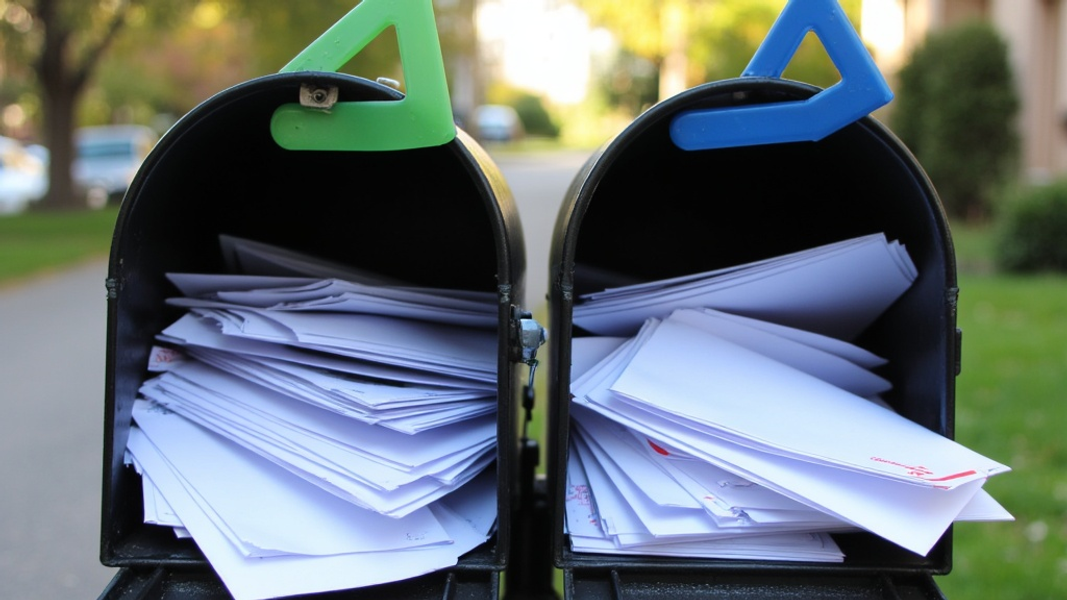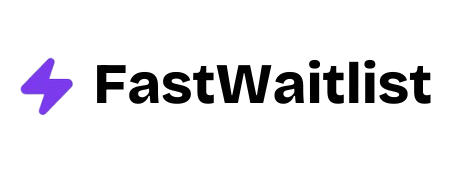
Have you ever wondered how some businesses seem to have a direct line to their customers' inboxes? What if I told you there was a way to double your email subscribers in just 30 days? This comprehensive tutorial will walk you through proven strategies to rapidly grow your email list and boost your marketing efforts.
Why Email List Building Matters
In the digital age, email remains a powerful tool for connecting with your audience. Building a strong email list is crucial for several reasons. First, it gives you a direct line of communication with people who are interested in your brand. Unlike social media, where your posts might get lost in a sea of content, emails land right in your subscribers' inboxes.
Email marketing also offers a higher return on investment (ROI) compared to other marketing channels. For every dollar spent on email marketing, businesses can expect an average return of $42. This makes it one of the most cost-effective ways to reach and engage your audience.
Perhaps most importantly, when you build an email list, you own that data. Social media platforms can change their algorithms or even shut down, but your email list remains yours. This ownership gives you control over how and when you communicate with your subscribers.
The Power of Personalization
One of the biggest advantages of email marketing is the ability to personalize your messages. With a well-segmented email list, you can tailor your content to specific groups within your audience. This personalization leads to higher open rates, click-through rates, and ultimately, more conversions.
Setting Up Your Email Marketing Foundation
Before you start growing your list, you need to set up the right tools and systems. This foundation will make it easier to manage your subscribers and send effective emails.
Choosing the Right Email Service Provider
Selecting an email service provider (ESP) is a crucial first step. Look for features like:
- Easy-to-use email builders
- Automation capabilities
- Segmentation tools
- Analytics and reporting
Popular options include GetResponse, known for its user-friendly interface and powerful automation features, and Mailchimp, which offers a free plan for small businesses just starting out.
Creating an Irresistible Lead Magnet
A lead magnet is something valuable you offer for free in exchange for an email address. It should solve a specific problem for your target audience. Effective lead magnets can include:
- Ebooks or short guides
- Checklists or templates
- Video tutorials
- Free trials or samples
When creating your lead magnet, focus on providing real value. The better your lead magnet, the more likely people are to sign up and stay subscribed.
Optimizing Your Website for List Growth
Your website is often the first point of contact between you and potential subscribers. Make it easy for visitors to join your list by optimizing your site for conversions.
Strategically Placing Opt-in Forms
Place opt-in forms in high-traffic areas of your site. Good locations include:
- The header or navigation bar
- The sidebar of your blog
- At the end of blog posts
- On your "About" page
Keep your forms simple. Ask for only the essential information, usually just an email address. The fewer fields you have, the higher your conversion rate will be.
Implementing Pop-ups and Exit-Intent Offers
While some people find pop-ups annoying, they can be very effective when used correctly. Time your pop-ups to appear after a visitor has been on your site for a while, or use exit-intent technology to show an offer just as someone is about to leave.
Tools like OptinMonster or Sumo can help you create and manage pop-ups without needing to code them yourself.

Content Marketing Strategies for List Building
Content is king when it comes to attracting and retaining subscribers. By creating valuable, shareable content, you give people a reason to join your list and stay engaged.
Blogging to Attract Subscribers
Consistent, high-quality blog posts can drive traffic to your site and showcase your expertise. Each post is an opportunity to offer a content upgrade—a bonus piece of content related to the post topic that readers can get by subscribing.
For example, if you write a post about "10 Time-Saving Kitchen Hacks," you could offer a downloadable PDF with 5 additional hacks as a content upgrade.
Using Gated Content
Gated content is valuable information that's only accessible after providing an email address. This could be in-depth reports, whitepapers, or comprehensive guides. The key is to make sure the perceived value of the gated content is high enough to justify the "cost" of an email address.
Promote your gated content through blog posts, social media, and even paid advertising to drive sign-ups.
Leveraging Social Media for Email Growth
Social media platforms offer a great way to reach new potential subscribers. Use these channels to promote your lead magnets and drive traffic to your opt-in forms.
Running Social Media Contests
Contests can quickly boost your email list. Ask people to sign up for your list as part of the entry process. Make sure the prize is relevant to your target audience to attract quality subscribers.
Tools like Gleam or Rafflecopter can help you manage and track entries across different platforms.
Promoting Your Lead Magnet on Social Platforms
Share snippets or teasers of your lead magnet on social media. Use eye-catching graphics and compelling copy to entice people to click through to your landing page.
Consider using paid advertising on platforms like Facebook or LinkedIn to reach a wider audience. These platforms offer detailed targeting options to help you reach the right people.
Advanced List Building Techniques
Once you've mastered the basics, try these advanced techniques to accelerate your list growth.
Hosting Webinars and Virtual Events
Webinars are a powerful way to showcase your expertise and collect email addresses. People are often willing to provide their email to attend a free, valuable online event.
To host a successful webinar:
- Choose a topic that addresses a common pain point in your industry
- Promote the webinar across all your channels
- Provide actionable takeaways during the event
- Follow up with attendees and offer additional resources
Implementing Referral Programs
Turn your current subscribers into advocates by creating a referral program. Offer incentives for subscribers who get their friends to sign up. This could be exclusive content, discounts, or even physical products.
FastWaitlist offers customizable waitlist pages that can boost referrals. Their platform makes it easy to create and manage referral campaigns, tracking who's sharing and rewarding top referrers.
Measuring and Optimizing Your List Building Efforts
To improve your list building efforts, you need to track your progress and test different approaches.
Key Metrics to Track
Pay attention to these important metrics:
- List growth rate: How quickly is your list growing?
- Conversion rates: What percentage of visitors are signing up?
- Bounce rate: How many emails are being returned as undeliverable?
- Unsubscribe rate: How many people are leaving your list?
Use these metrics to identify areas for improvement in your list building strategy.
A/B Testing for Continuous Improvement
A/B testing involves creating two versions of something (like a signup form or email subject line) and seeing which performs better. Test elements like:
- Form placement
- Call-to-action button color and text
- Lead magnet offers
- Pop-up timing
FastWaitlist's A/B testing feature for waitlist pages can help you optimize your conversions. By testing different elements, you can find what resonates best with your audience and improve your signup rates.

Case Study: How Dropbox Grew Their List by 10,000 Subscribers
Dropbox, the popular file hosting service, used a clever referral program to rapidly grow their user base and email list. They offered extra storage space to users who referred friends, creating a win-win situation.
Here's what made their campaign successful:
- The incentive (more storage) was directly related to their product
- It was easy for users to share their referral link
- Both the referrer and the new user got a reward
This strategy led to a 60% increase in signups, with users sending 2.8 million direct referral invites in just 30 days.
The lesson? Create a referral program that offers real value to both current subscribers and new signups. Make it easy to share, and watch your list grow.
Wrapping Up: Your Email List Building Journey Starts Now
Building an email list takes time and effort, but the rewards are worth it. Start by setting up a solid foundation with the right tools and an irresistible lead magnet. Optimize your website, create valuable content, and leverage social media to attract subscribers.
As you grow, experiment with advanced techniques like webinars and referral programs. Always measure your results and keep testing to improve your conversion rates.
Remember, every subscriber represents a potential customer or advocate for your brand. Treat your list with care, providing value with every email you send. With persistence and the strategies outlined in this tutorial, you'll be well on your way to building a thriving email list that drives your business forward.
Frequently Asked Questions
How often should I email my list?
There's no one-size-fits-all answer, but most businesses find success emailing their list 1-2 times per week. The key is consistency and providing value with each email.
Is it okay to buy email lists?
No, buying email lists is not recommended. These lists often contain outdated or incorrect information, and emailing people who haven't given you permission can harm your sender reputation and violate laws like GDPR.
How can I reduce my unsubscribe rate?
To keep subscribers engaged:
- Segment your list and send targeted content
- Provide consistent value in your emails
- Allow subscribers to adjust their email preferences
- Clean your list regularly by removing inactive subscribers
What's the best time to send emails?
The best time varies depending on your audience. Use your email service provider's analytics to test different send times and see when your subscribers are most likely to open and engage with your emails.
